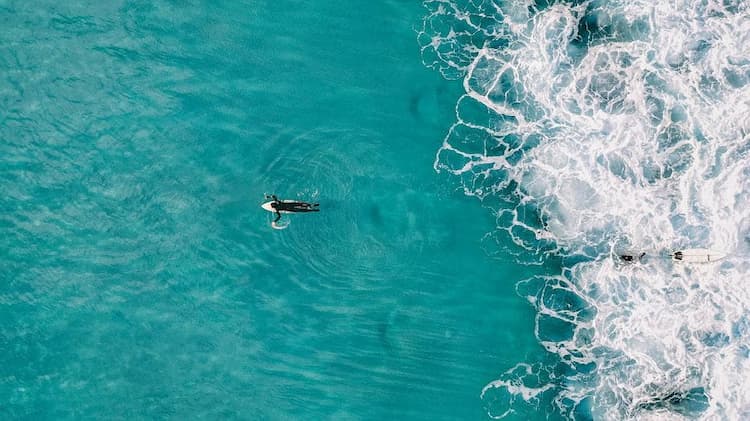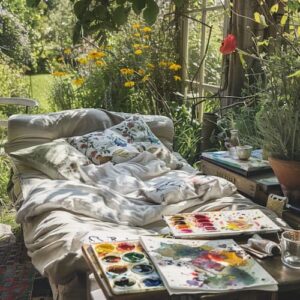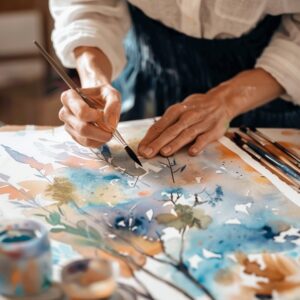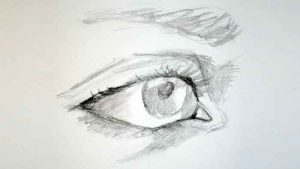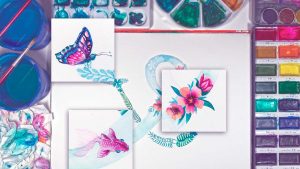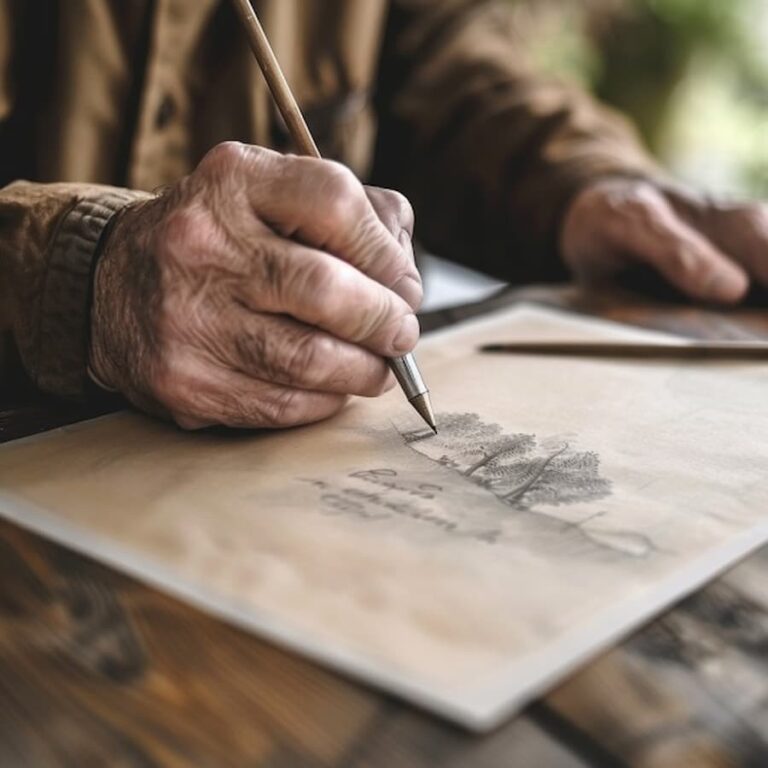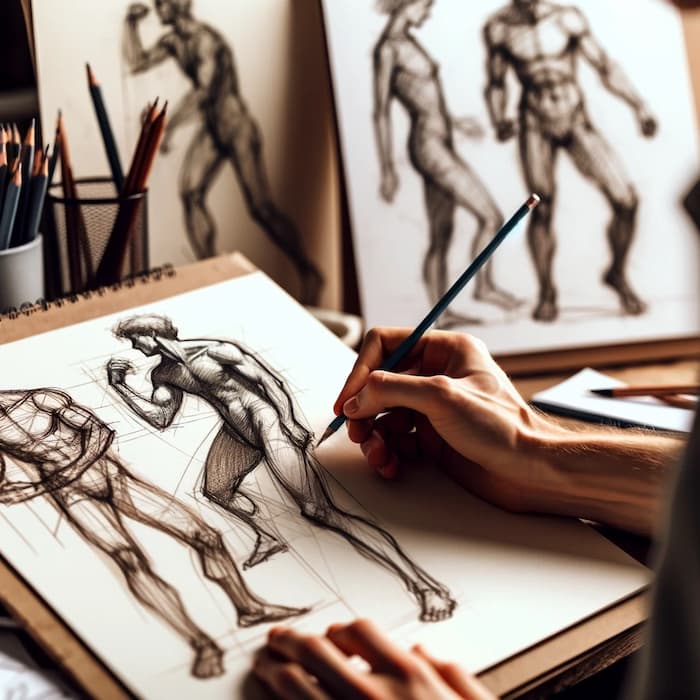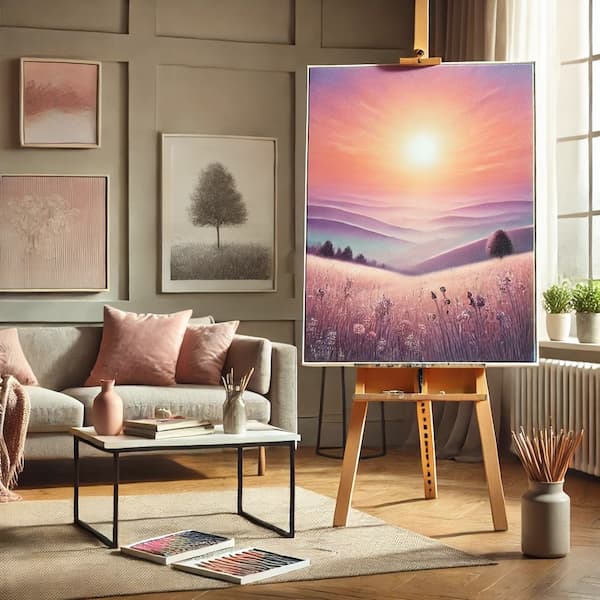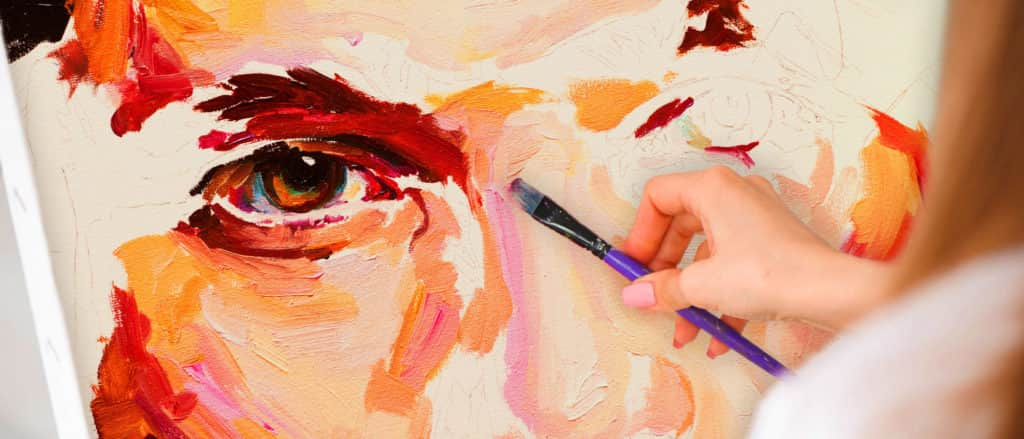Hello, Artenauta! Today we talk about a very used tone, mainly in the representation of different landscapes with water, such as seascapes, rivers… In the following lines we tell you how to make the turquoise color.
First of all:
Characteristics of Turquoise
In order to know what effects and reactions it can awaken in our viewer you should know:
- It takes its name from turquoise, a rare mineral prized as a precious stone.
- In many cultures and currents, turquoise is used as a protection amulet that drives away negativity and offers well-being and calmness.
- Turquoise is a tone that is located between green and blue; therefore it represents psychological characteristics of these two colors, and even of yellow.
- Turquoise blue is related to balance, calm, relaxation, serenity, inspiration, concentration or emotional control.
- It is the color of bodies of water with a very light background (such as the water of Caribbean beaches, for example).
- Promotes creativity (if you want to develop it, please visit our our workshops to discover new ways to do it).
- As negative aspects, it can be identified with egocentrism and coldness (excessive emotional control).
How turquoise is made
Since turquoise is a tone between green and blue, what we are going to do is to mix blue with yellow, in small quantities, until we obtain the desired turquoise:
- If we see that the resulting tone tends too much to green, we add more blue paint.
- If, on the other hand, it tends more towards blue than we would like, we add more yellow.
- To lighten the resulting tone, we can add white paint, but remember that the more we add, the less vivid the color we obtain.
Instead of making the mixture, we can buy aquamarine paint in the market, which is very useful because it is a very bright tone (and difficult to achieve through mixing primary colors) that we can use directly or mixing it with other tones.
For further learning, we recommend:
Understanding and assimilating the Theory of Color is of vital importance in order to work with paint and obtain the desired results, avoiding unnecessary waste of pigments and achieving much more vibrant and realistic finishes.
To learn how to handle color, as well as all the techniques and materials you need to know to paint like a true professional, we recommend that you visit our Online Painting Courses, where we teach you all the concepts, techniques and materials to become a true artist, finding and developing your own style and reaching wherever you want.

